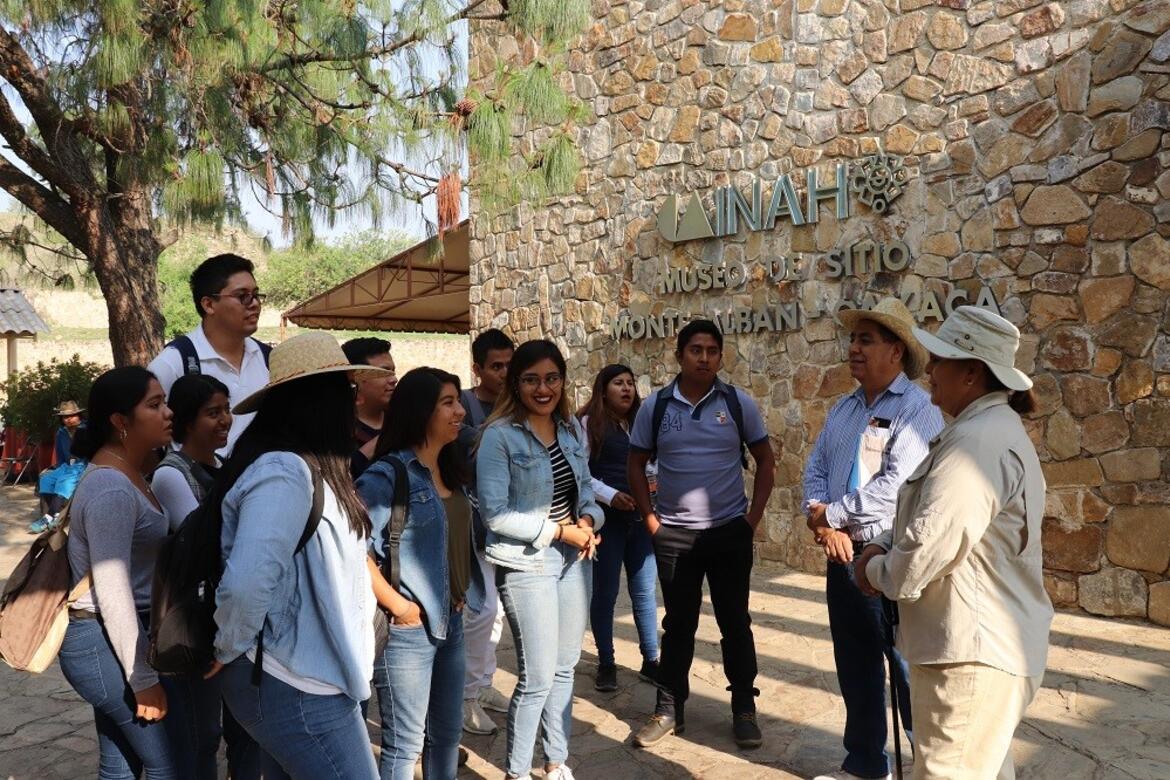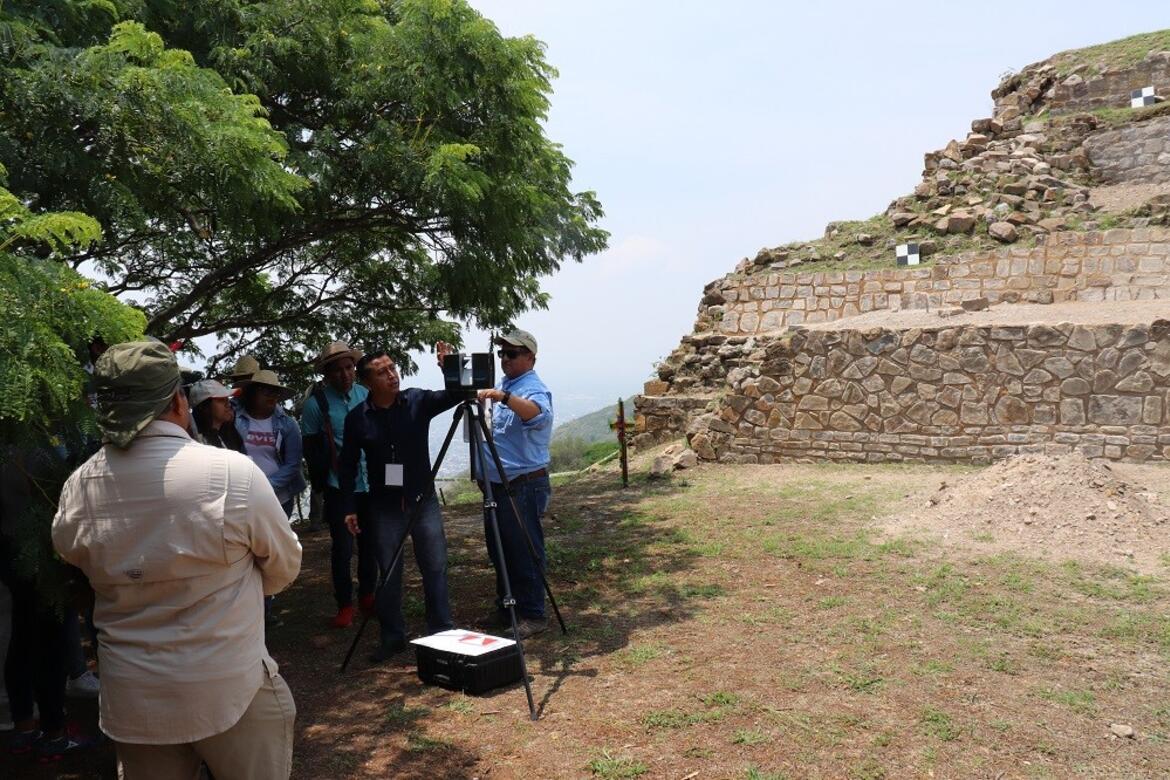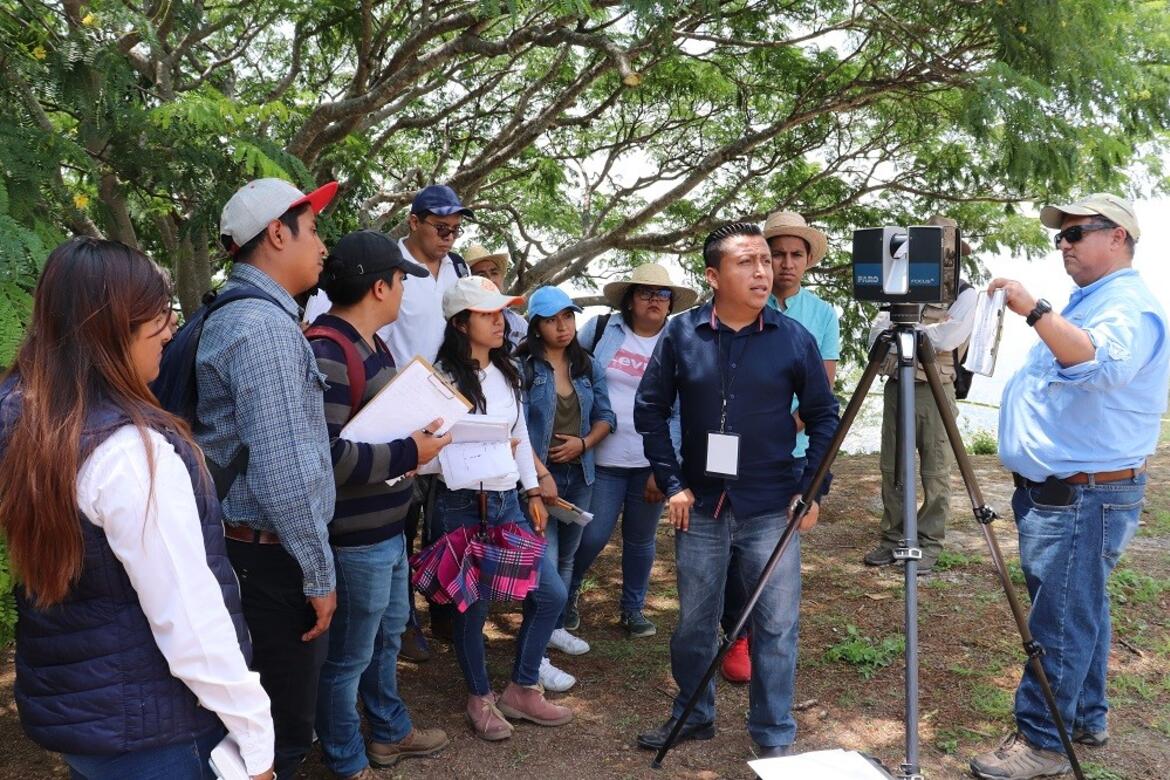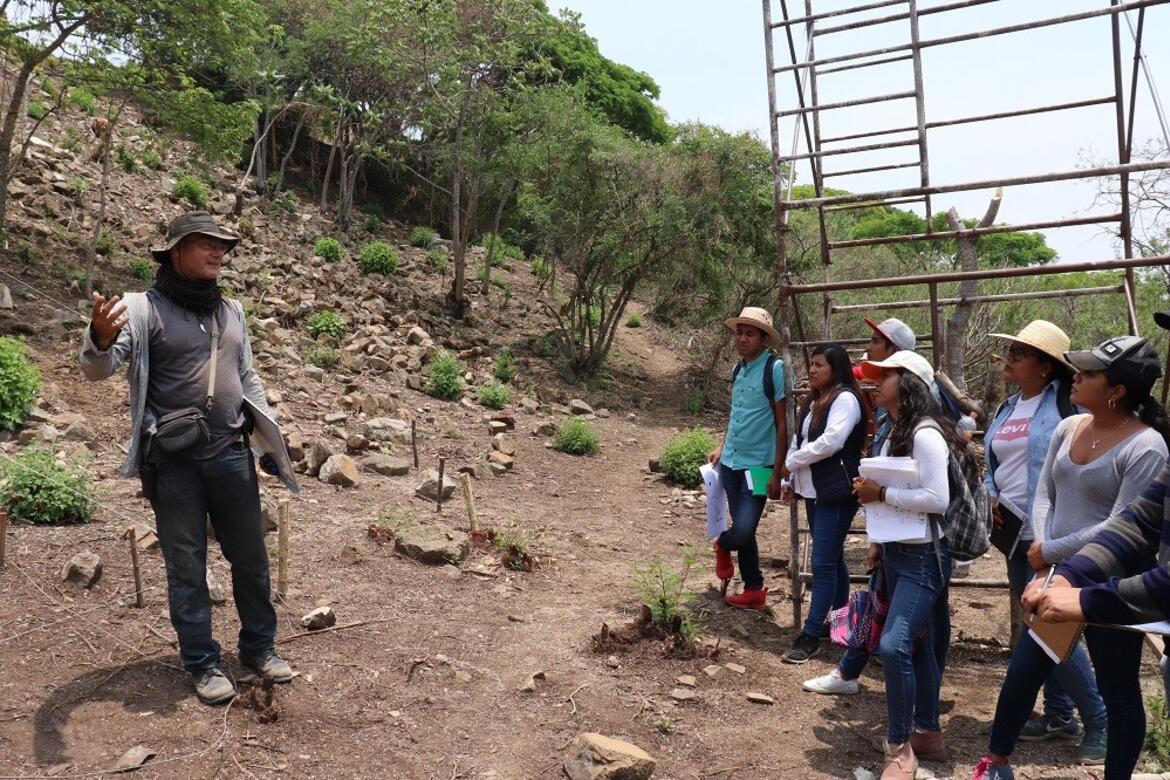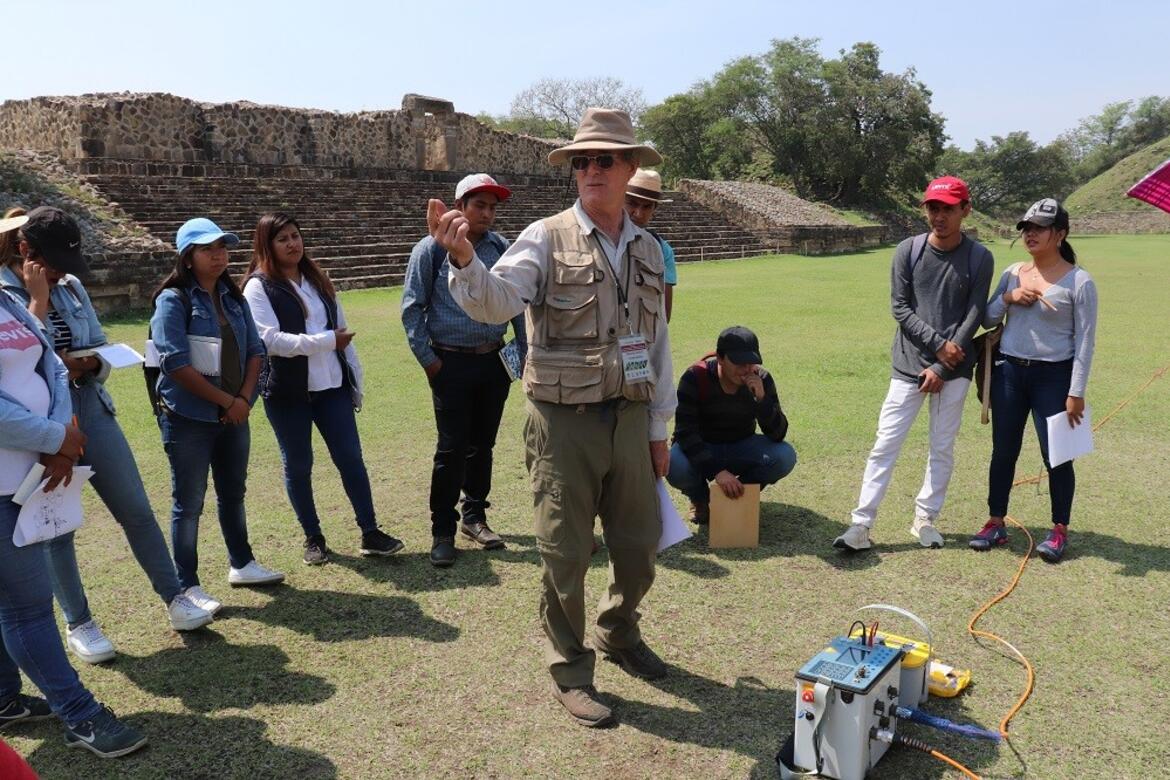Three Generations Stewarding Monte Albán
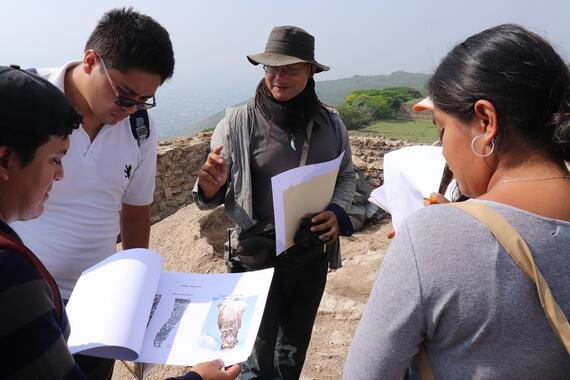
The sun and humidity in Oaxaca, even on a spring morning in May, are grueling. On this day, I had joined a dedicated group of archaeologists, architects, engineers, and site workers who labor tirelessly on the structures of Monte Albán and nearby Atzompa six days a week to repair damage caused by a series of earthquakes in September 2017.
In total, the powerful quakes caused damage to movable and immovable heritage in 11 states: Guerrero, Oaxaca, Chiapas, Tabasco, Veracruz, Puebla, Tlaxcala, Morelos, Ciudad de México, Estado de México, and Hidalgo. Monte Albán suffered particularly severe damage from the 8.2-magnitude earthquake that struck September 7th, affecting 15 structures with five requiring emergency structural shoring to prevent collapse. The 2018 World Monuments Watch included the Disaster Sites of the Caribbean, the Gulf, and Mexico, drawing attention to the urgent situation at Monte Albán, among other sites. Thanks to generous support following the Watch announcement, World Monuments Fund and the National Institute of Anthropology and History have been collaborating in the recovery, stabilization, and conservation of the Archaeological Zone of Monte Albán and Atzompa for the past ten months.
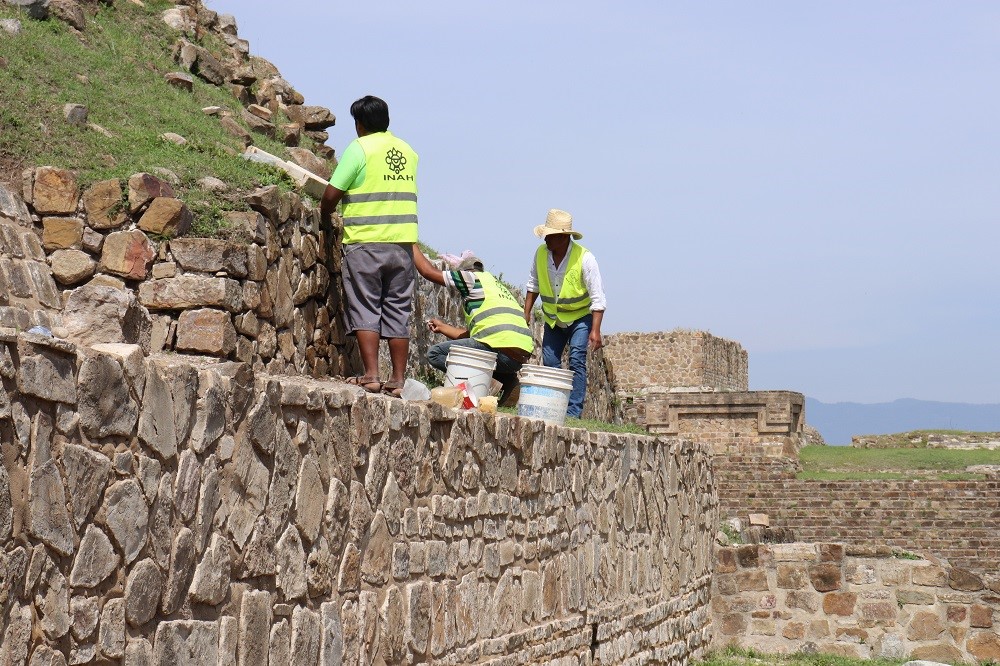
My recent visit coincided with a two-day program that engaged ten students from the Architecture School at the Universidad Autónoma Benito Juarez de Oaxaca who are focusing their studies in restoration and conservation. A behind-the-scenes tour of the project was followed by a group discussion of the work. During the tour, the team of architects, archaeologists, and engineers described the conservation methodologies being implemented at the site and the new technologies and equipment that are informing their approach.
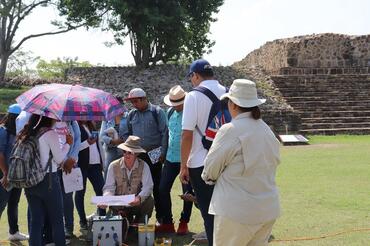
This exchange of knowledge and ideas between the field and the conservators of the future is an important component of the project. A few months earlier, a different group of students learned how to use specialized equipment provided by WMF to carry out detailed studies below the surface, thus improving conservation approaches and strengthening the buildings’ resistance to future earthquakes. Both workshops aimed to engage the next cohort of caretakers and restorers while complementing their studies with valuable on-site experience.
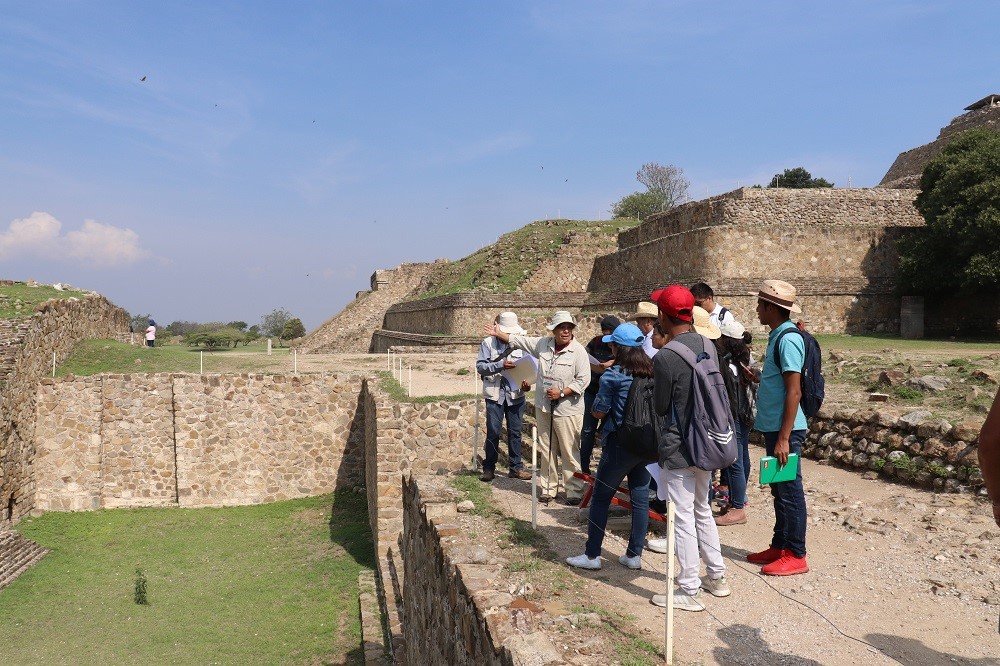
Reflecting on my time at Monte Albán, one of the things that stood out was the intersection of three generations working together to shape the future of the site. The project directors are seasoned professionals who have assembled a multidisciplinary team of young professionals, many of them from Oaxaca, who are now engaging the next generation of conservators. The resulting dialogue is what brings sustainability to heritage sites like Monte Albán.

